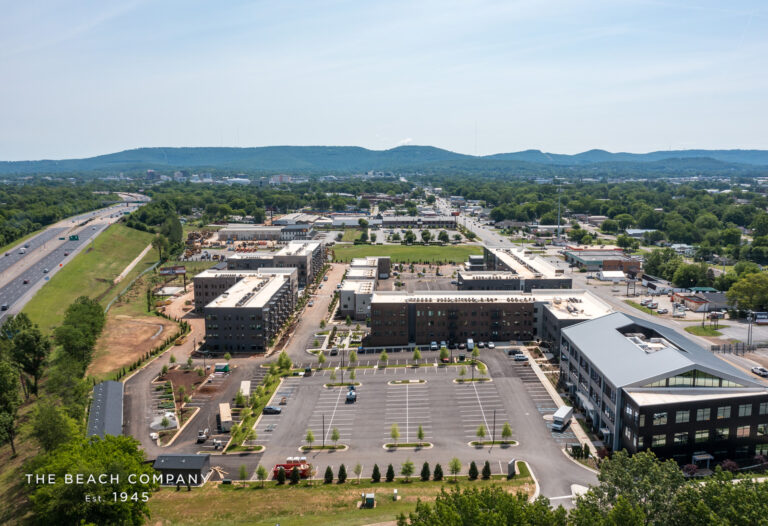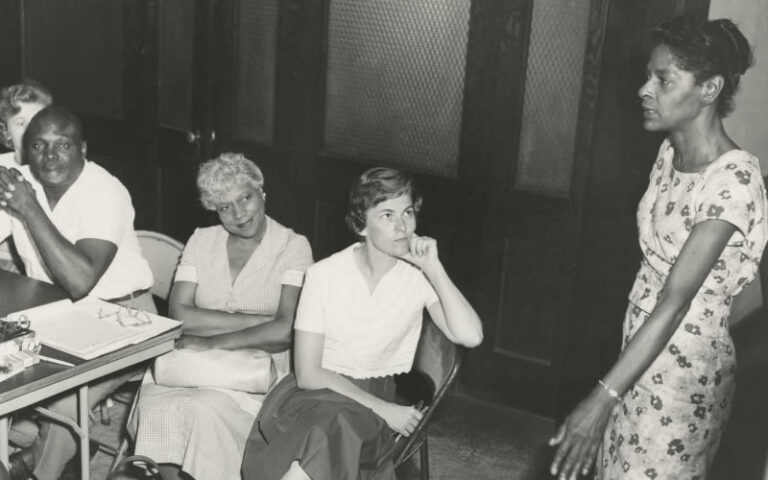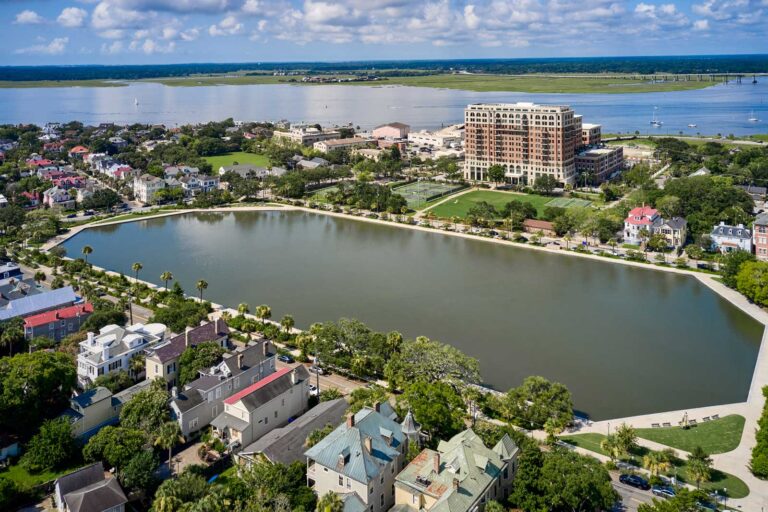The firm’s Dan Doyle explains why the area will continue to play a starring role in the nation’s economic growth and weighs in on the biggest challenge for multifamily developers.
Backed by substantial demographic expansion, attractive employment opportunities and a diversifying economy, multifamily demand in the Carolinas is showing no signs of cooling off. Due to its accessible cost of living and alluring lifestyle, the region remains one of the fastest growing in the country.
In an interview with Multi-Housing News, The Beach Co. Senior Vice President of Development Dan Doyle discusses housing demand across the Carolinas. With more than 16 years of experience in multifamily management and development, Doyle also talks about the area’s attractiveness and reveals his expectations for the future.

DAN DOYLE
Senior VP of Development
“The area’s multifamily market will continue to perform well for the foreseeable future”
Canvas
How would you describe the multifamily market in the Carolinas nowadays?
Doyle: Overall, the markets continue to perform well. We are experiencing strong demand/absorption in our new lease-up communities and increased occupancies in our stabilized assets. This is fairly indicative of the Carolinas market in general.
Which cities/metros in the Carolinas are now hottest for multifamily development and why?
Doyle: Just about all cities and metros are candidates for new development. The Southeast U.S., particularly the Carolinas, has an ever increasing in-migration of population. People are moving to the region given its significant job growth, relatively lower cost of living and overall better quality of life. This generates increased demand for housing and thus the need for new development to meet that demand.
What are the main differences between North and South Carolina in terms of multifamily development?
Doyle: The primary differences between developing in North Carolina versus South Carolina are market size and the cost to develop. Markets such as Charlotte or Raleigh-Durham, N.C., are significantly larger than Greenville or Charleston, S.C., and there are different risk profiles associated with each in terms of rent growth, absorption, lease-up timing and development cost.
How do you decide the location of your next multifamily project? What do you take into consideration?
Doyle: The Beach Co. has targeted markets where we focus our search for development sites. These are determined based on current and projected demand and the potential for future job and population growth.
Please tell us more about your latest multifamily developments in the Carolinas.
Doyle: The Beach Co. is currently developing the following projects in the Carolinas:
The Jasper in Charleston—Located in downtown Charleston, at the gateway to the city’s Historic District, The Jasper is a 12-story mixed-use building consisting of 219 multifamily residences, 75,000 square feet of office space and 25,000 square feet of retail space.
The Cardinal at Cardinal Crossing in Forest Acres, S.C.—This community features 256 multifamily residences nestled among 42,000 square feet of neighborhood retail space in one of South Carolina’s strongest retail corridors. Currently under construction, the development will create a gathering place with shops, restaurants, services and upscale apartments and townhomes in a walkable setting.
Canvas in Greenville—Comprised of both new construction and the renovation of a landmark downtown office building in the Heritage Green Arts District, Canvas includes 48 for-rent multifamily apartments, 31 expansive for-sale townhomes, 21,805 square feet of retail space and the renovation of a 130,000 square foot office building in a highly walkable location. The office building renovation includes the addition of a large-scale commissioned mural on the building’s facade.
What is the main challenge that developers face nowadays when constructing new multifamily projects in the Carolinas?
Doyle: The number one challenge facing developers today is cost. Expenses for building materials and labor continue to increase significantly. These higher construction costs are making it more difficult to get new projects to underwrite at current market rents.
How hard is it to obtain the necessary financing for your multifamily projects?
Doyle: Capital is readily available, which reflects the attractiveness of multifamily in the Carolinas as well as this asset class as a whole.
How do you expect the multifamily market in the Carolinas to perform in the next couple of years?
Doyle: The Carolinas region is one in which people want to live and work, resulting in excellent job and population growth. With no signs of slowing down, the area’s multifamily market will continue to perform well for the foreseeable future.




